|
Did you know a Syrian brown bear named Wojtek was a corporal in the Polish military during World War II? How did such a thing happen? Well, in 1942 some polish soldiers, who were being evacuated from the Soviet Union, bought the bear as a cub at a railway station in Iran. They bought it from a young boy who had found the bear (the bear's mother had been killed by hunters).
At first, the bear had difficulty swallowing food, so the soldiers fed it condensed milk using a vodka bottle. They named the bear Wojtek (pronounced Voy-tek) and eventually started feeding it fruits and honey. Wojtek apparently had a fondness for beer, which the soldiers gave it as a reward. The soldiers grew fond of the bear, but they found it somewhat challenging to provide it with rations and to get permission to transport it. So, they officially enlisted the bear as a soldier, with the rank of private. Wojtek was listed among the soldiers of the 22nd Artillery Supply Company. Wojtek was promoted to corporal due to his efforts during the Battle of Monte Cassino. As the story goes, Wojtek carried crates of ammunition by himself that normally required four men to carry. After the war Wojtek spent the rest of his life at the Edinburgh Zoo.
0 Comments
Did you know the tiny pea crab spends its entire life inside a clam or oyster shell? The pea crab (Pinnotheres pisum), which is about the size of a pea, is considered a kleptoparasite because it steals food and oxygen from its host. As the oyster or clam filters food from the water, the pea crab steals a portion of the food. The crab also gets a safe home to live in.
Pea crabs often choose an oyster or clam as a host, but sometimes they live inside a sand dollar, in the tube of a parchment worm, or in the rectum of a sea cucumber. Sure, a sea cucumber's rectum doesn't sound like a desirable apartment, but the rent is affordable. Interestingly, male pea crabs remain free-swimming their entire lives. It is the females that are kleptoparasites. If you are eating seafood and find a pea crab inside one of your oysters, don't be grossed out. Pea crabs are considered a delicacy. Not only that, finding a pea crab in your oyster is considered good luck! Did you know sperm whales are the largest predators in the world? Yes, blue whales are larger than sperm whales, and blue whales do indeed eat animals, in the form of plankton. But blue whales aren't considered predators because they filter plankton from the water instead of hunting individual animals.
Sperm whales, on the other hand, are the largest toothed animals, and they dive as deep as 9,800 feet (3,000 m) to hunt stingrays, octopuses, and giant squid. By the way, giant squid are themselves fierce predators, and they fight back, often leaving large round sucker scars on the bodies of sperm whales. Sperm whales can grow to 68 feet (20.7 m) long and weigh 90,000 pounds (41,000 kg). Oh, and they look kind of like a swimming hotdog. Did you know a rhinoceros's horn is made of keratin, the same protein found in human fingernails and hair? Perhaps you have read the common but incorrect report that a rhino's horn is made of compressed hair. Nope, a rhino's horn contains no hair-like fibers. Instead, it grows in layers of specialized skin cells. These cells fill with keratin and become inert and solid. Kind of like a horse's hoof, or a turtle's beak.
Rhino horns continue to grow several centimeters per year throughout the animal's life. You might think rhino horns naturally grow in a cone shape, but they actually grow like a cylinder. The pointed cone shape is a result of the rhino constantly scraping the horn against rocks, trees, and the ground, as well as fighting with other rhinos. Here's a bonus rhino fact. Rhinos communicate using their poop. How? Rhinos often tend to poop and urinate in the same location as other rhinos—a place called a latrine. Rhino's have a keen sense of smell, and when a rhino goes to a latrine, it can smell the poop and urine of others and therefore learn who else is in the area. Did you know the Japanese spider crab has the longest leg span of any arthropod? Arthropods include insects, crustaceans (including crabs), spiders, and other animals with a chitinous exoskeleton.
These amazing crabs grow 12.5 feet (3.8 m) across (from the tips of their legs), and they weigh up to 42 pounds (19 kg). They live in deep water on the Pacific side of Japan, with a life span of up to 100 years (maybe the longest life of any crab species). These crabs are scavengers, and in spite of their massive size, they are docile and harmless to humans. Because they live in really deep water, and their exoskeletons are covered with tough spines, they have few natural predators as adults. A female Japanese spider crab lays about 1.5 million eggs each season. However, the newly hatched young are extremely small, and swim freely as plankton. Out of 1.5 million eggs, it is thought that only a few actually survive to be adults. Here is a live video feed from a Japanese Spider crab enclosure at the Monterey Bay Aquarium. Did you know the largest insect to ever live was a dragonfly with a wingspan of 2.5 feet (75 cm)?
This extinct insect, called Meganeuropsis permiana, lived during the Permian period, about 290 million years ago, in the area we now think of as the Midwest United States. The first high-quality fossil of one was found in 1939 in Elmo, Kansas. That happens to be 50 miles (80 km) from where I grew up (I know, a useless tidbit of information). You may know that today's dragonflies are predators, feeding on other insects like mosquitoes. Meganeuropsis was also a predator, both in the larva stage and as a flying adult. But it could handle much larger prey, including small reptiles and amphibians. The only known predator of Meganeuropsis was the giant amphibian called Proterogyrinus, which was eight feet (2.5 m) long. Below is an accurate model of Meganeuropsis. |
Stan's Cogitations
Everyone needs a creative outlet. That's why I write. Archives
July 2024
|

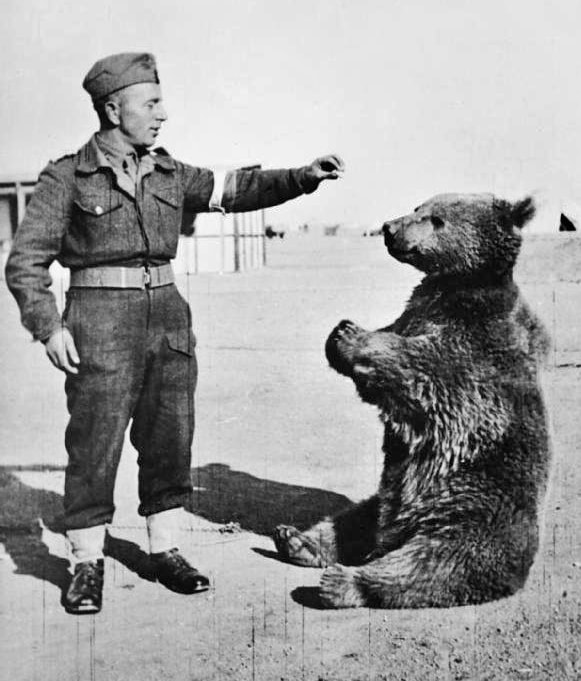
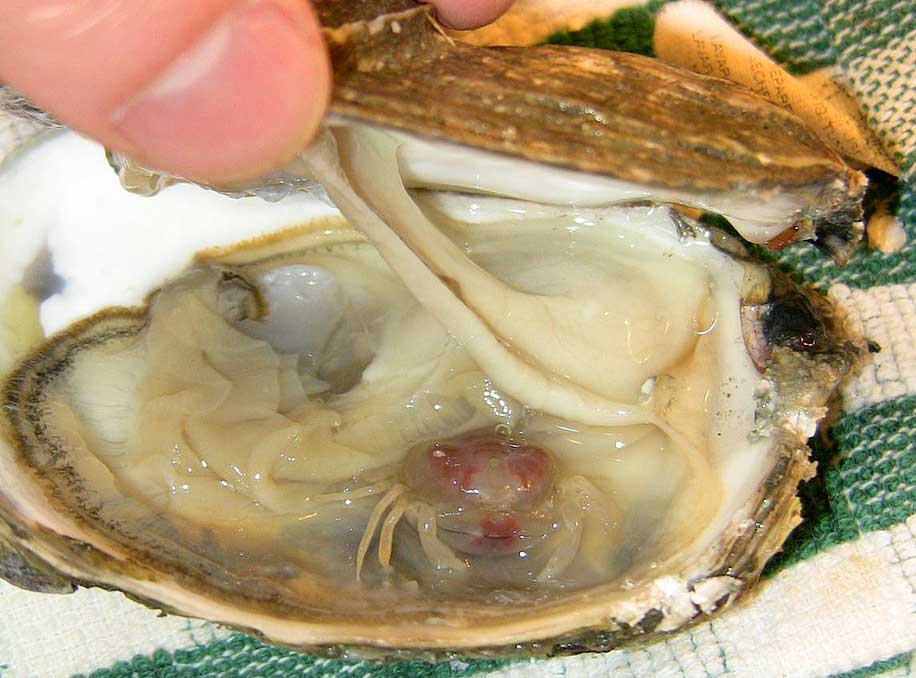
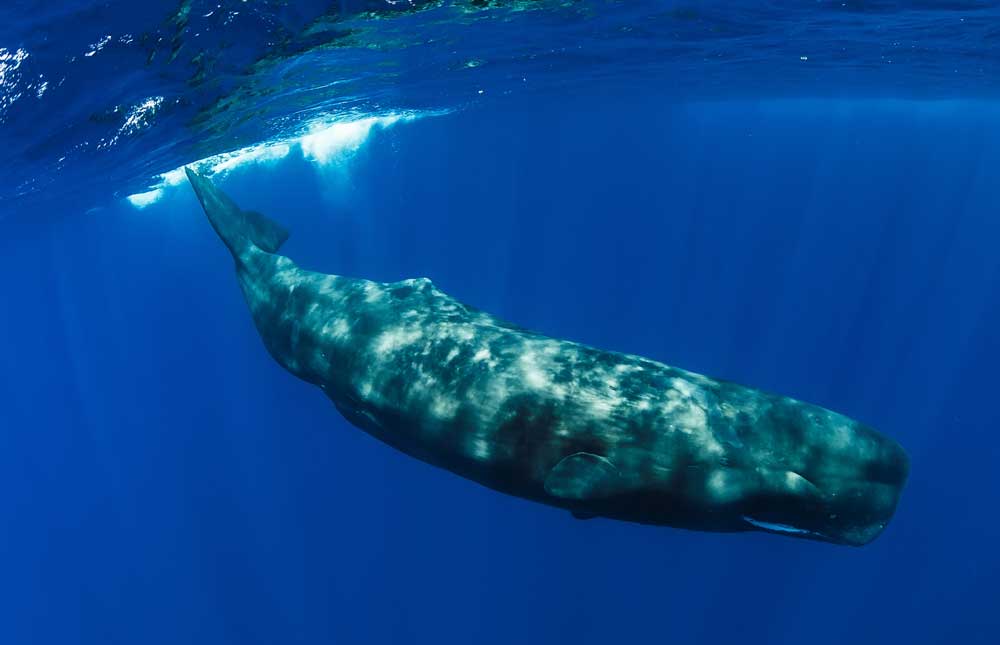
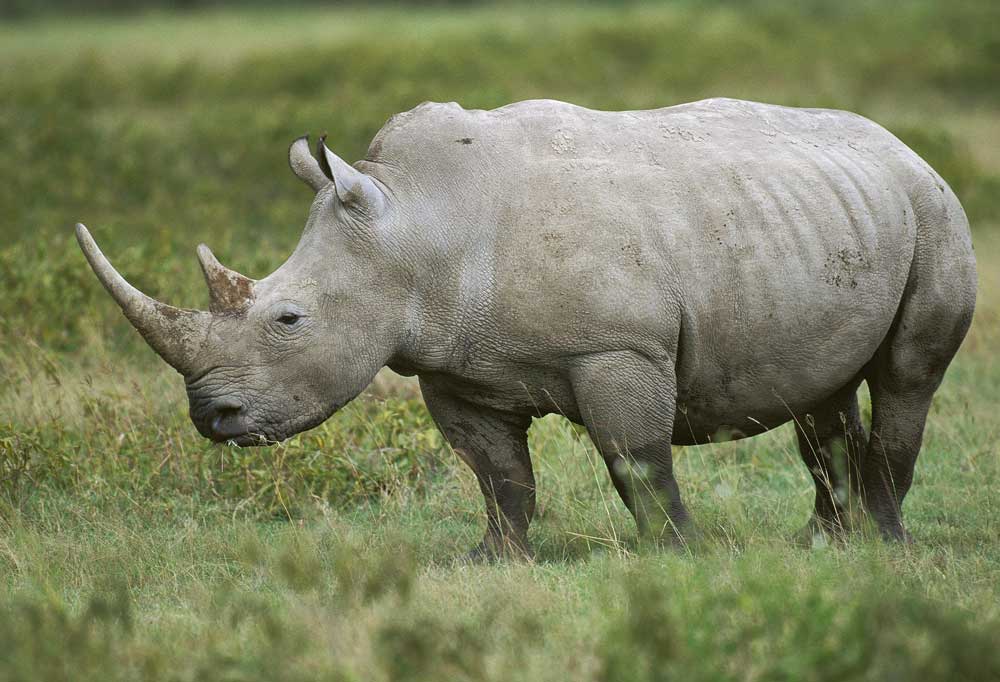
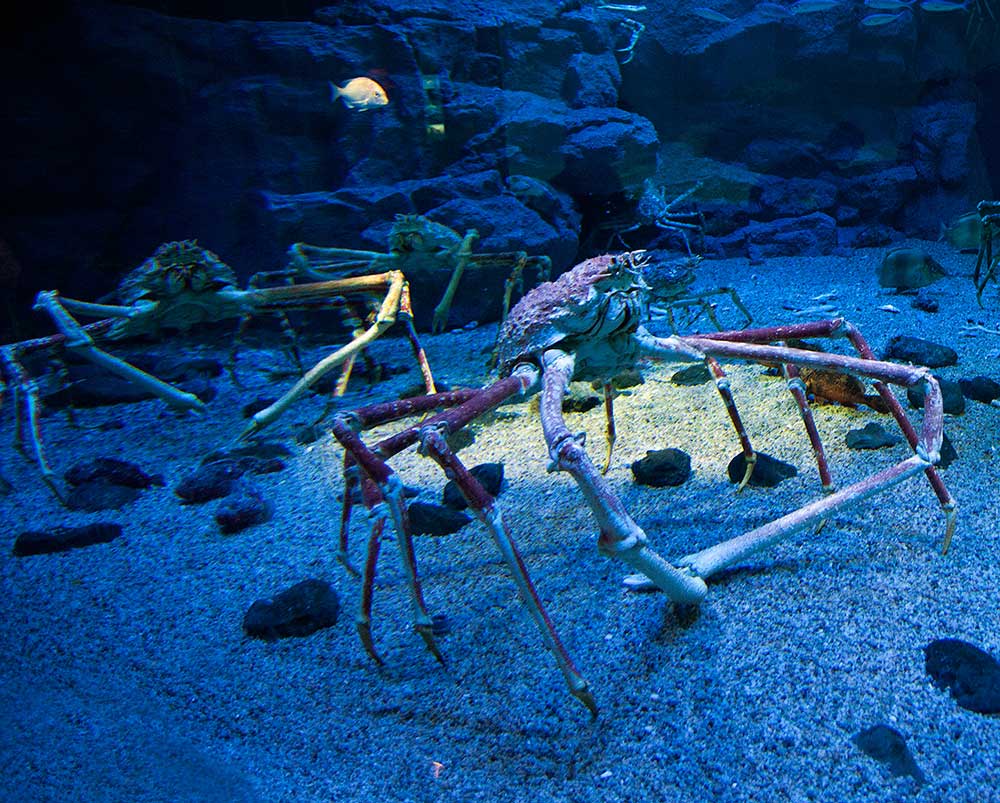
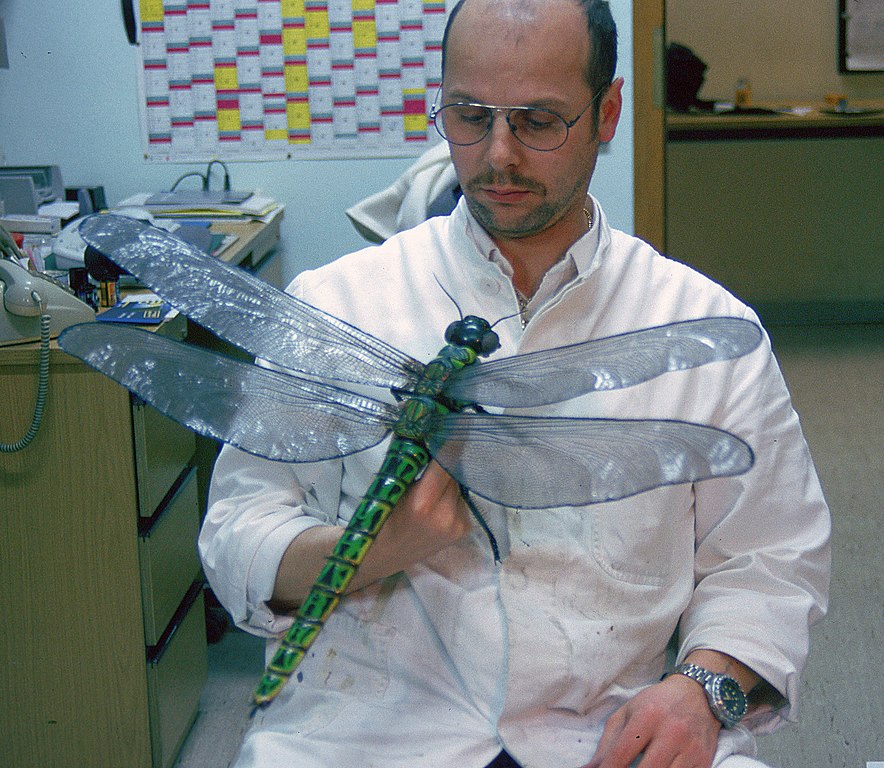
 RSS Feed
RSS Feed